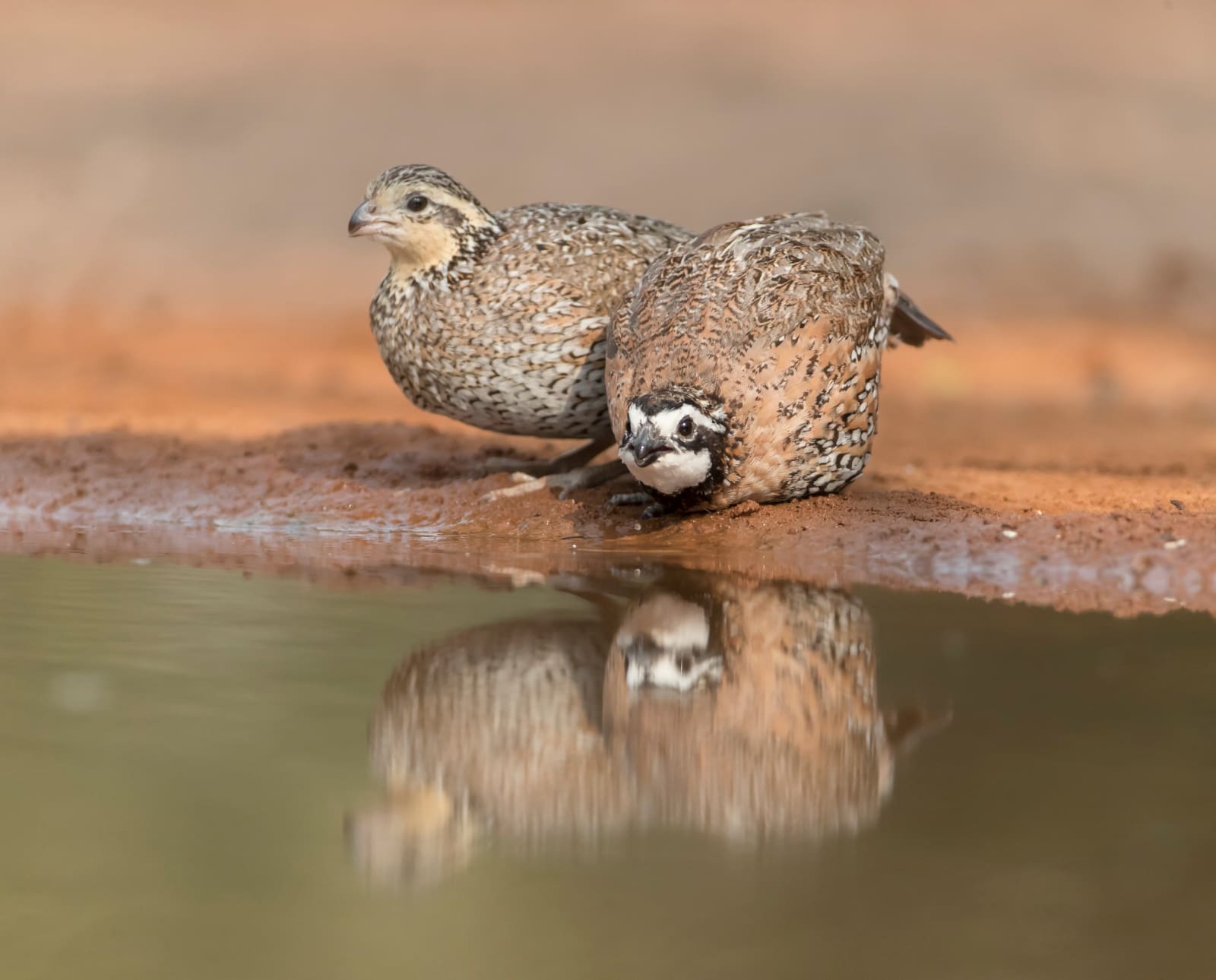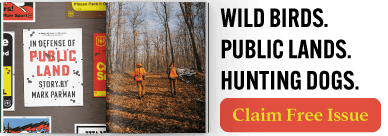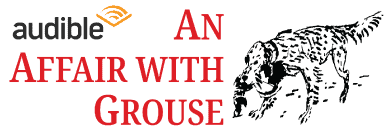Home » Conservation » The Conservation Reserve Program in 2023
The Conservation Reserve Program in 2023

Aaron Field is the Director of Private Lands Conservation for…
A Look at the Conservation Reserve Program as Part of the 2023 Farm Bill with the Theodore Roosevelt Conservation Partnership.
The Farm Bill includes the most significant investment in conservation we make as a nation. Whether we hunt on private or public land, bird hunters recognize that management on private farms, ranches, and forests directly impacts bird habitat and hunting opportunities more broadly. Because of that, groups like the Theodore Roosevelt Conservation Partnership (TRCP) and our partners put great effort into improving the conservation programs within the Farm Bill. This type of work requires discerning thought on even the tiny details. Minor changes to major legislation like the Farm Bill can lead to massive impacts on the ground. We spend a lot of time sweating the small stuff for good reason. Yet, we mustn’t lose sight of the overall outcomes we want to see because there are often multiple ways to get there.
Listen to more articles on Apple | Google | Spotify | Audible
We need to take some time to step back from (most of) the acronyms, the politics, and the roadblocks to lay out what’s truly possible for conservation through the 2023 Farm Bill. A natural starting point would be what is arguably the most impactful program for hunters—the Conservation Reserve Program, or CRP.
The CRP is a voluntary, incentive-based program administered by the USDA’s Farm Service Agency with technical assistance from the Natural Resources Conservation Service. Established by Congress in the Food Security Act of 1985, the CRP was designed to address the degradation of environmentally sensitive lands through excessive crop production. It provides an annual rental payment to landowners who remove such land from crop production for a 10–15-year period and offers cost-share assistance to establish appropriate perennial cover that supports the three coequal priorities of the program: soil, water, and wildlife resources.
There are few private land conservation actions with greater benefit than converting degraded and degrading cropland into perennial cover. This is true whether we are interested in reducing soil erosion, sequestering carbon, improving air and water quality, or creating wildlife habitat. For many of our favorite upland bird species, patches of nesting, brood rearing, and winter cover near farmland make ideal habitat. No federal conservation program drives these outcomes more effectively than the CRP.
What Should the CRP Do?
The CRP should prevent soil erosion and improve air and water quality.
After decades of declining rates of farmland soil erosion in the US, recent data suggests that the trend has reversed and begun to climb. This erosion reduces agricultural productivity, pollutes air and water, and even harms human health. In about 30% of the corn belt, we’ve already lost all our topsoil, where most plant-available water and nutrients are stored. By restoring perennial plant cover to highly erodible soils and other key locations, the CRP can keep soil in place and our water and air cleaner for humans and wildlife.
The CRP should provide excellent habitat for a wide range of wildlife species.
Individual wildlife species vary in their tolerance for habitat characteristics. Some species, like white-tailed deer and Canada geese, can thrive in various habitat types and conditions. Others, like bobwhite quail and brook trout, have more specific requirements. The CRP needs to create habitat for as many species as possible, and the best way to do that is to use diverse plant communities tailored to specific regions and for particular wildlife priorities. Across most of the US, a shortage of perennial plant cover is the primary limiting factor to wildlife population growth, and the CRP should be a powerful tool to address this. No wildlife will benefit more from an effective CRP than upland birds.
The CRP should support long-term agricultural production.
Reducing erosion on sensitive soils is one way to ensure the long-term viability of U.S. agriculture, but the CRP can do more. It should reduce the risk of farming by giving growers an option that does not require planting crops where they are likely to fail and should also provide an avenue toward perennial, grass-based agriculture in parts of the country where diversified agriculture has gone by the wayside in favor of one or two crop systems. We must ensure that CRP enrollment is available to all landowners who want it and that the program is adaptive enough to support conservation nationwide.
Agricultural producers and rural communities should value the CRP.
Conservation successes won’t last if viewed negatively by the people they affect most. When the CRP was first created, it was considered a farm-saver. Steady income from CRP rental payments and the added benefit of taking the riskiest land off a farmer’s balance sheet were compelling during the farm economic downturn of the late 1980s. Rural communities were also quick to realize the economic benefits of hunters as game populations boomed. However, as commodity prices have increased and land rent has become more competitive, the CRP has become a scapegoat for some. We must listen to farmers when they have concerns about the program and make changes if real issues exist. Where myths and falsehoods have spread, we need to change the narrative and demonstrate value in ways that people can identify with.
The CRP has a proven history of conservation success, and it has the potential to do much, much more. With the right vision, we can create the bird hunting opportunities we all want to see while accomplishing our dual and inseparable necessities of conservation and production. We who fight on the policy front won’t quit nitpicking and fussing over the placement of commas in the CRP statute any time soon, but I hope we do so with a clear picture of what this program should do and all that it can be.
Learn more at TRCP.org/farm-bill.
Aaron Field is the Director of Private Lands Conservation for the Theodore Roosevelt Conservation Partnership and resides in western Minnesota. When not working to make federal policies more hunter-friendly, he enjoys habitat restoration projects and bird hunting with his four American Water Spaniels: Pike, Tuley, Starra, and Thump.



